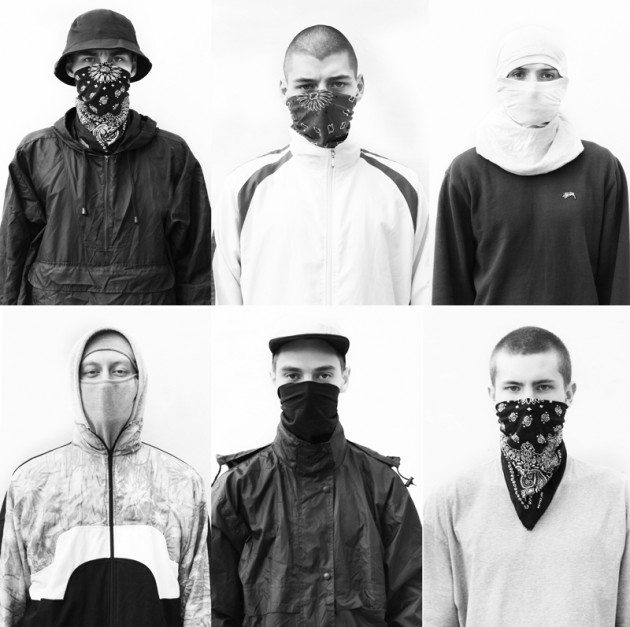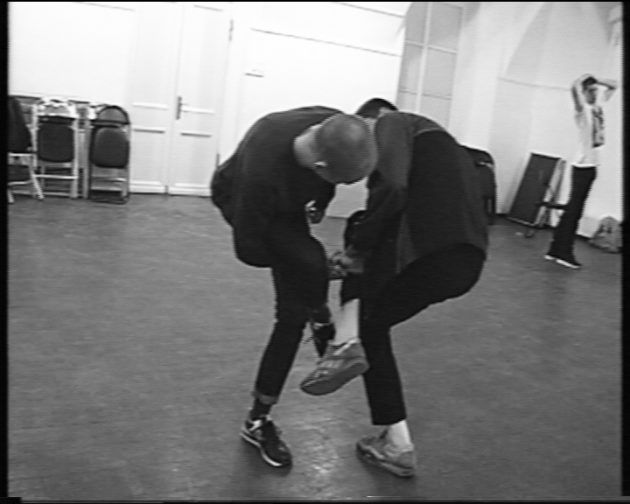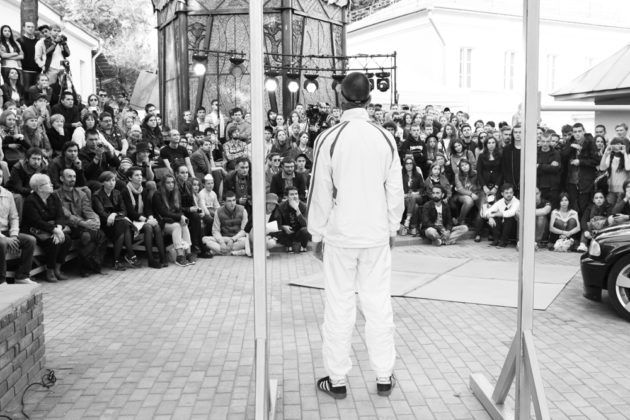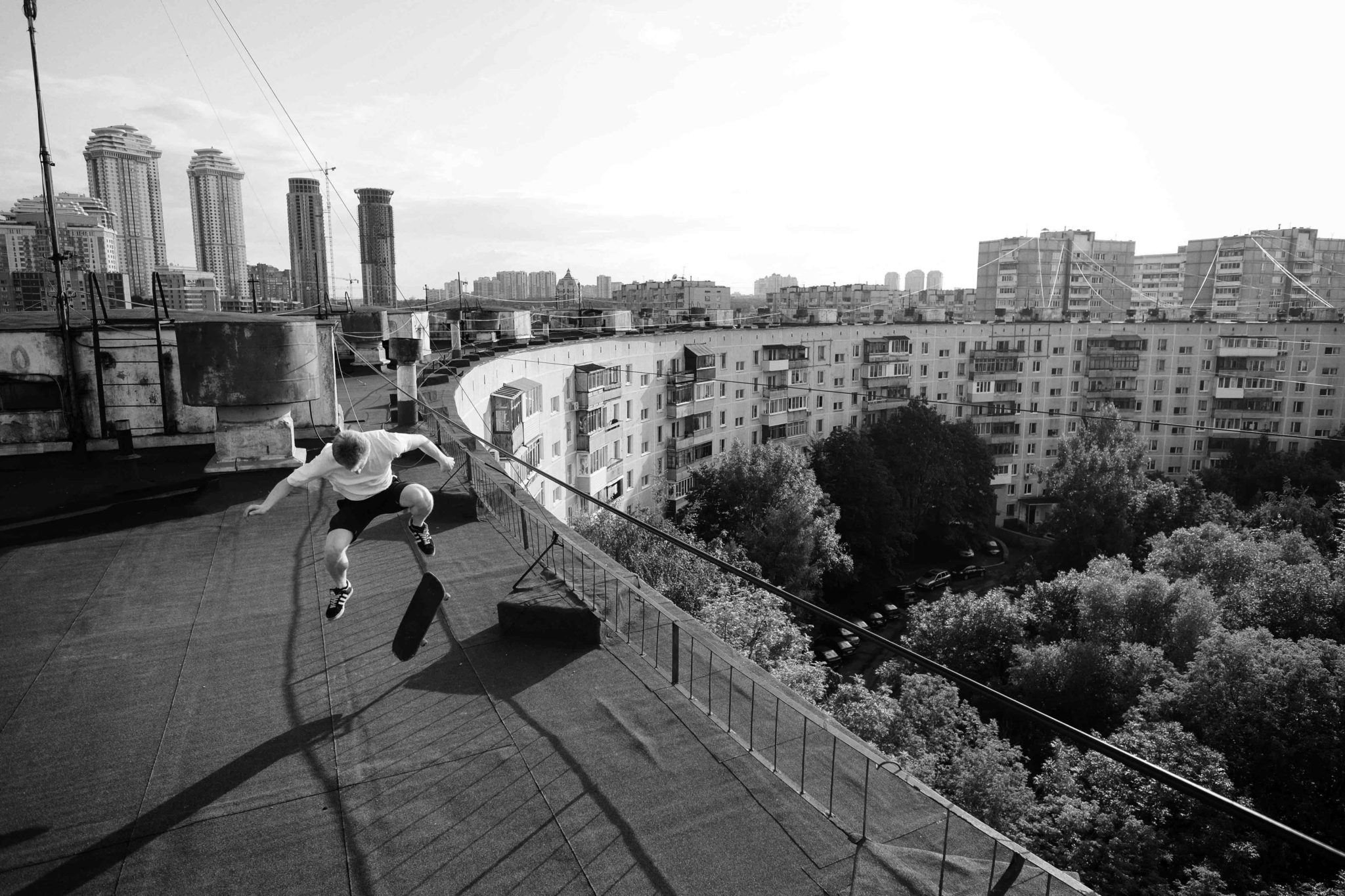VASYA RUN: A Russian Graffiti Performance Turns into a Program for Spiritual Emancipation
|Anastasiia Fedorova
The product of an unlikely union between the Moscow avant-garde and anonymous teenagers, Vasya Run merges hip hop, spiritual practices, and theatre. It can be called a performance project, but in essence Vasya Run is a living manual on how to escape the cultural determinism of youth in the age of information technology.

The project was inspired by an incident that happened to graffiti artist Vasya Belov in Paris. Moscow graffiti artists like going abroad to paint underground trains. They say it’s easier in Europe. There is no barbed wire, no locks, all you need to do is open a small door that says, “Do Not Enter.” They paint trains in dark tunnels and run off through the Paris metro, smelling of spray paint, hearts pumping like crazy. On this trip, they did three runs, but during the third time, Vasya stayed at the platform waiting for his friends to finish the job. He saw a security guard with a dog casually walking past. He waited, getting nervous. He tried to call his friends, but their phones were out of reach. He then turned around and saw police running towards him. They were all arrested and taken to the outskirts of Paris, to the special department that deals with graffiti. 48 hours in prison—interrogations, anti-vandal legislations, total despair, prayers, no hope. A complete void.
For the upcoming Vasya Run performance in Moscow, Vasya Belov transformed his experience of being in prison into a first-person script, and on stage all of the teenage performers act as him. Apart from Belov, the key members of the team include artist Alina Gutkina, curator Alexander Burenkov, casting and visual director Sonya Kudeeva, and producer Alisa Schneider. They all agree that the idea of experiential intensity—in this particular case, the experience of being in prison—was an essential starting point for the project, “An extreme situation pushes us into the zone of inner void and silence, where we stop acting by preset schemes and start acting like our true selves.”
After completing the script, the next key element of the project was to find and train the performers. They had to be young men between the ages of 16 and 23 who had absolutely nothing to do with the art world. All teenagers got involved in the project by chance. They were found on the street, in shops, or on the Moscow metro. As part of the project, performers signed up for months of intense self-development. Dedicating over six hours per week, they were involved in a carefully curated set of practices assembled from various theatre schools, spiritual traditions, and methods of physical self-development. One of the key influences of their program is George Gurdjieff, a spiritual teacher of the mid-20th century who largely focused on overcoming boundaries of self-awareness through movement and choreography.

Vasya Run is about utopia, family, unity, and resistance to voluntary isolation. It is also the way to a special state of mind. As the collaborators explain, “The aim is not to make them actors. During the actual performance they need to perform in a state of self-awareness, inner spontaneity, inner freedom, and freedom of physical expression.”
Vasya Run connects not only extreme introspection and youth, but also two special generations of Russians. The creators of the project were born in 1980s, and probably have hazy memories of the Soviet system’s collapse. The performers were born in 1990s and grew up in 2000s, a time when Western ideals and consumer culture had become embedded into Russian culture. The dawn of a new conservative era has made their activism introspective, “We all resist the environment in today’s Russia. So, we are making a project where guys are talking to something within, focusing on the inner side of things. We asked each other, ‘What kind of art are we going to make in today’s Russia?’ We are disappointed in the Russian art world, and people here still don’t go to galleries. Our project is about the here and now. It provides a new form of interacting with the public and invading new spaces”.

That’s the only way, they add, to stay silent publicly. “The whole world lost the ability to be silent. There is no more switched-off state. You are always available for communication. You can’t stay alone with yourself. Art, time-based projects like ours, can give it back to the audience.”
Vasya Run is a survival guide to today’s informational environment. It’s about creating distance, focusing attention, allowing existence to happen, setting yourself free from any references defining your behavior. As the creators say, it is a form of emancipation, “In the space where can you calmly observe what you are saying, you are free.”
Credits
- Text: Anastasiia Fedorova
